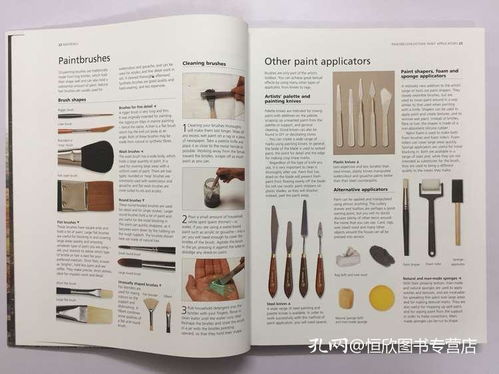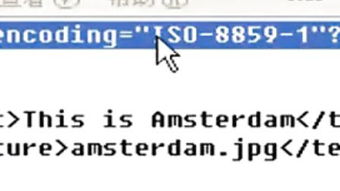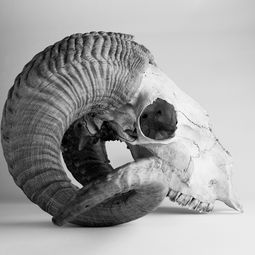Introduction:
Fishing enthusiasts often find themselves intrigued by the prospect of reeling in not just fish but also the delicious shrimp. Catching shrimp while fishing can be a rewarding and exciting experience, whether for personal consumption or as a supplement to your catch. In this comprehensive guide, we will delve into the techniques and strategies for successfully捞虾米 (catching shrimp) while fishing, accompanied by detailed illustrations to help you visualize each step.
Understanding the Basics:
Before we dive into the specifics of how to catch shrimp while fishing, it's essential to understand the basics. Shrimp are commonly found in coastal and estuarine waters, where they feed on small organisms and plants. They are most active during low tide and at dusk or dawn. To catch shrimp, you'll need the right equipment and a bit of patience.
Choosing the Right Equipment:
1. Tackle:
- Hooks: Use small, sharp hooks specifically designed for shrimp. These hooks are often called "shrimp hooks" or "crab hooks."
- Leaders: A leader of 6 to 12 inches in length, made of monofilament or fluorocarbon, is ideal. The leader should be tied to the main line with a good knot, such as an improved clinch knot.
- Main Line: A monofilament line of 6 to 10 pounds test is sufficient for most shrimp fishing scenarios.
2. Rigs:
- Drop Shot Rig: This rig involves a small weight attached to the line with a swivel, followed by a leader and a hook. The weight is used to keep the bait at the desired depth.
- Carolina Rig: Similar to the drop shot rig, but with a sliding sinker that allows for more precise depth control.
3. Bait:

- Natural Bait: Small pieces of shrimp, squid, or fish can be used as bait. Live bait is often more effective, as it can attract shrimp more naturally.
- Artificial Bait: Soft plastic shrimp imitations or small jigs can also be effective, especially in clearer waters.
Techniques for Catching Shrimp:
1. Location:
- Focus on areas with a lot of structure, such as rocks, oyster beds, or mangroves, as these provide natural habitats for shrimp.
- Look for areas with a current, as shrimp are often found near moving water.
2. Timing:
- Fish during low tide and at dusk or dawn when shrimp are most active.
- Avoid windy conditions, as they can spook shrimp.
3. Casting and Lining:
- Cast your line into the water and allow it to sink to the desired depth.
- Once the bait reaches the bottom, gently retrieve it by moving the rod tip in a slow, zigzag pattern.
Illustrations and Step-by-Step Guide:
Step 1: Assemble Your Tackle [Insert illustration showing the assembly of the drop shot rig with hook, leader, and weight.]
Step 2: Cast Your Line [Insert illustration showing the correct casting technique for the drop shot rig.]
Step 3: Allow the Bait to Sink [Insert illustration showing the bait at the desired depth.]
Step 4: Retrieve the Bait [Insert illustration showing the slow, zigzag retrieval technique.]
Step 5: Set the Hook [Insert illustration showing how to set the hook once a shrimp takes the bait.]
Step 6: Reel in Your Catch [Insert illustration showing the successful reeling in of a shrimp.]
Conclusion:
Catching shrimp while fishing can be a delightful addition to your fishing adventures. By following the right techniques and using the appropriate equipment, you can increase your chances of a successful catch. Remember to always practice sustainable fishing methods and respect the marine environment. With patience and practice, you'll soon be a master at捞虾米 (catching shrimp) while fishing. Happy fishing!












